By Alex Jones
RARE PHOTOGRAPHS of a botched military operation which was memorialised in controversial Hollywood blockbuster ‘A Bridge Too Far’ have emerged 75 years after the infamous battle.
Operation Market Garden, a military maneuverer conducted in September 1944, was supposed to see US and British troops sweep through the battle-weary Nazi forces which were occupying the Netherlands, proceed to liberate Arnhem and its key infrastructure, open a back door into Germany, and bring the war to close by Christmas.
This was one of the most audacious and imaginative operations of the war – and it failed.
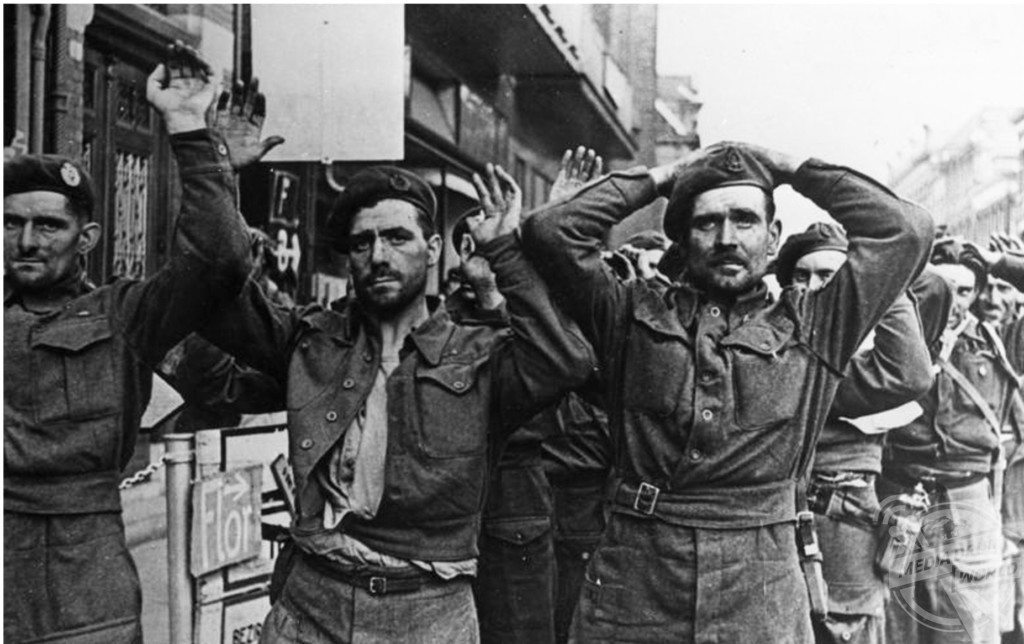
Graphic images show German soldiers laying dead in the street, hundreds of allied paratroops being dropped on Nazi-occupied land unaware that they would be desperately outnumbered and outgunned, and the devastated remains of a Dutch city which served as a battleground for Europe.
The striking images are included in military historian Anthony Tucker-Jones’ new book The Battle For Arnhem 1944-1945: Rare photographs from the wartime archives, a dramatic insight into all sides of the remarkable but ill-fated Operation Market Garden which has fascinated historians and been marred by controversy ever since.
“Operation Market Garden: Eindhoven, Nijmegen and Arnhem, 17 September 1944, three para drops and one armoured charge. It is the stuff of Hollywood and indeed became a film,” said Tucker-Jones.
“Like most historians, my first exposure to the battle was through Cornelius Ryan’s excellent book A Bridge Too Far and the subsequent movie based on it.
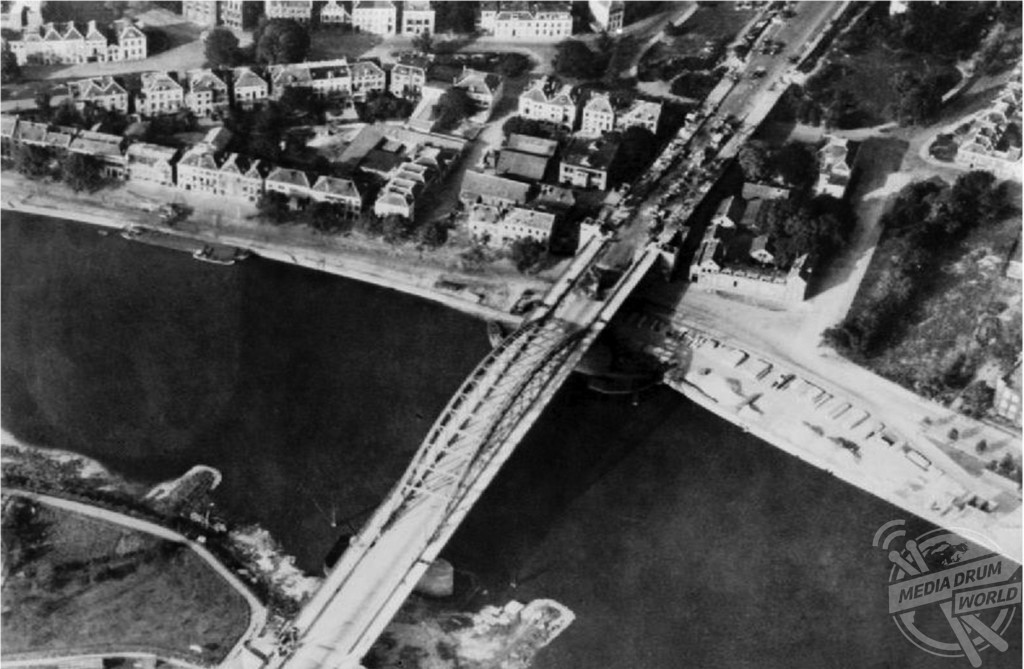
“While the latter was marred by the distractions of too many cameos by star actors, it did capture the chaotic nature of the battle.
“At every turn along the route and around Arnhem the Allies were amazed and dismayed at the tenacity shown by the Germans.
“While they may not have expected a pushover, they were certainly not anticipating what happened.”
A month after the victorious end of the Normandy campaign, Field Marshal Bernard Montgomery devised a daring operation to open the way to the Ruhr by seizing a bridgehead north of the Rhine, at Arnhem.
On 17 September, Operation Market, the largest airborne and glider operation in history, featuring over 5,000 aircraft and 35,000 troops, was carried out.
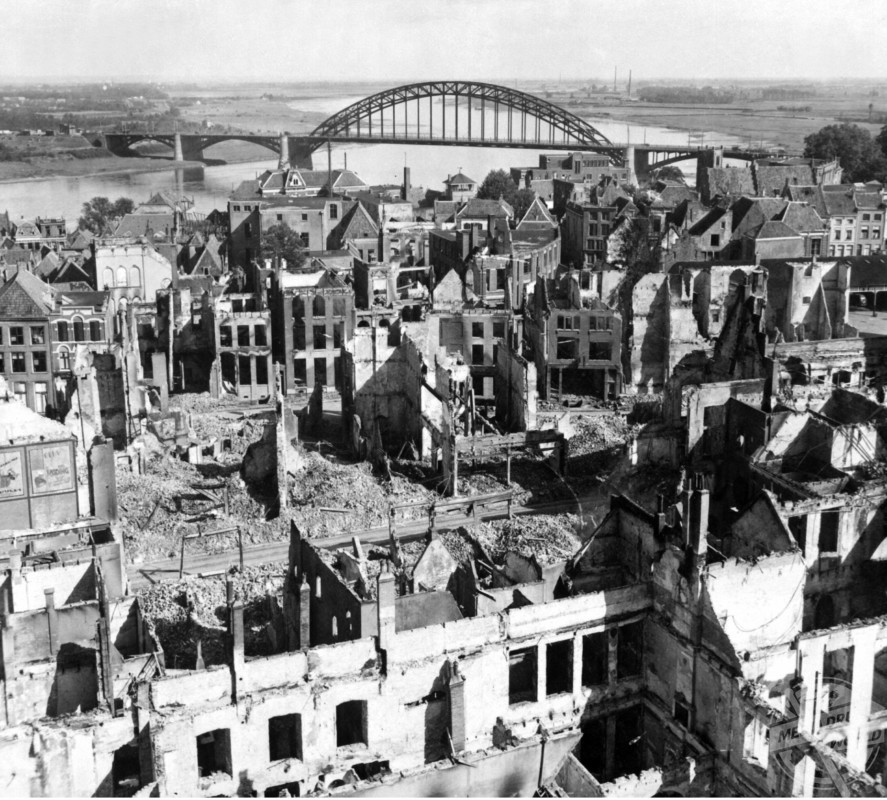
At the same time at ground level Operation Garden saw the Thirtieth (British) Corps tanks spearheading a sixty-mile dash along ‘Hell’s Highway’ to link up with the lightly armed and heavily outnumbered airborne forces.
The prize was the last bridge at Arnhem over the Neder rijn (Dutch Nether rhine).
Taken intact it would provide the Allies with a back door into Germany – the famous ‘A Bridge Too Far’ – thus hastening the collapse of the Third Reich and likely ending the war in 1944.
But famously, the plan did not succeed.
“In order to prevent the Germans recovering from their defeat in Normandy, the drive to Arnhem had to be conducted as quickly as possible,” continued Tucker-Jones.
“Therein lay its fatal flaw.
“Whereas Operation Overlord or D-Day had been the results of months and months of meticulous planning, Market Garden was put together in a matter of a week.
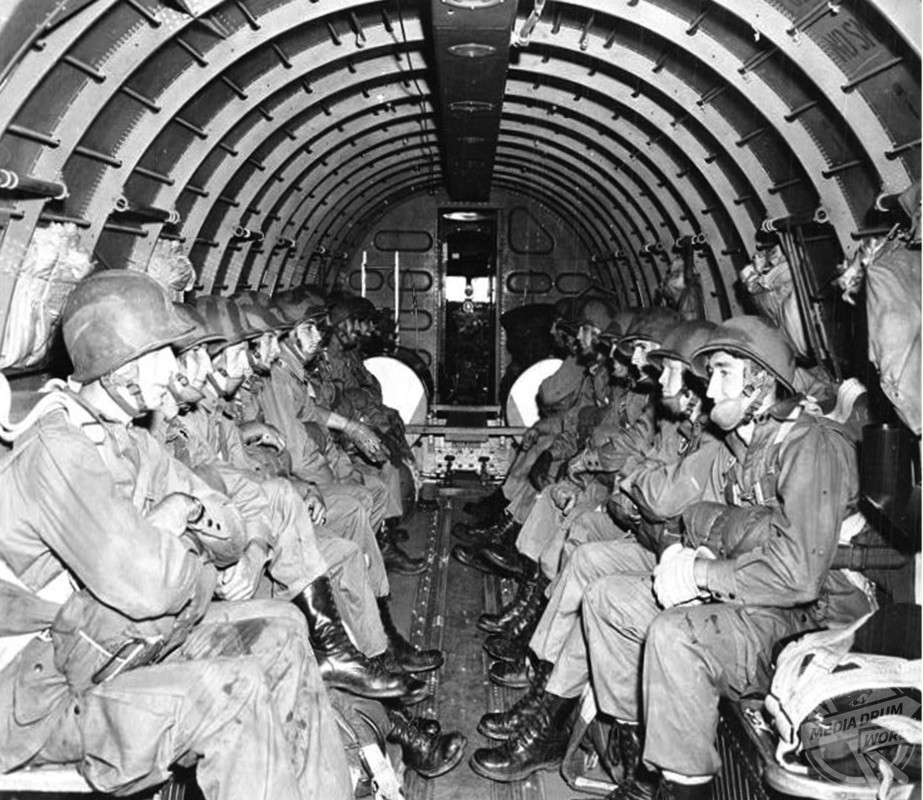
“It was a daring but appallingly ill-conceived operation.
“Objections and warnings were simply swept aside.”
The initial landings went to plan but crucial intelligence provided by the Dutch resistance, who warned of a heavily-armoured Nazi corps, was fatefully ignored.
Helpless troops found themselves surrounded by smartly-trained Nazis, armed only with minimal provision and with little scope for backup.
The Second Parachute Battalion was the only unit to reach the key Arnhem bridge over the Rhine where they met a staunch German defence.
The remainder of the division was soon pinned down by the panzer corps in and around Arnhem, and German resistance along the single narrow road to Nijmegen and Arnhem delayed the British troops.
Tanks destroyed by heavy weapons were difficult to get past, and also provided the Nazis with easy targets.
The attempt to relieve Arnhem failed even though Lieutenant Colonel John Frost’s gallant paratroopers held the northern end of the Arnhem bridge against the Ninth SS Panzer Division for four brutal days before finally being overrun and captured.
Of the ten thousand men who had landed at Arnhem, fourteen hundred were killed and over six thousand captured.
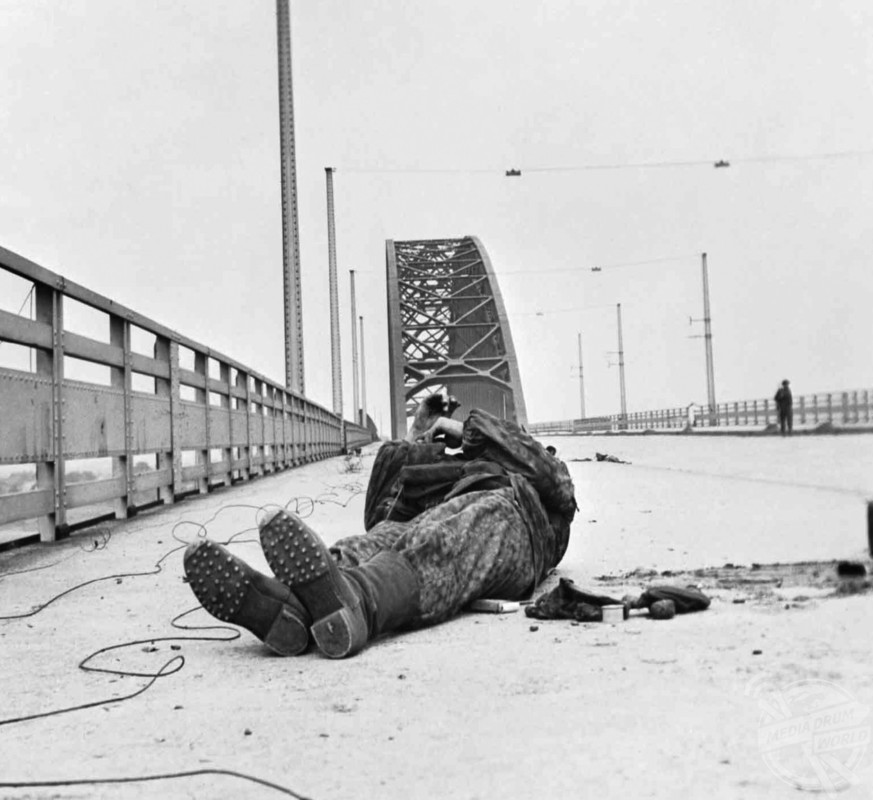
In the end, only twenty-four hundred paratroopers safely crossed to the south bank of the Rhine in small rubber boats.
“While Montgomery was culpable of dismissing the presence of German tanks, his worst mistake was to underestimate German initiative,” added the The Battle For Arnhem 1944-1945 author.
“He should have known from his experiences in North Africa, Italy and Normandy that the Germans were masters of putting together ad hoc battle groups that could fight very effectively.
“They were often formed using men from disparate units, on occasion rear echelon personnel such as clerks, cooks and drivers, but led by competent non-commissioned officers and junior officers, these battle groups often performed miracles.
“The only occasion that the Allies played the Germans at their own game was at Bastogne during the Battle of the Bulge when the Americans threw every available man into the line to prevent a German breakthrough.
“Montgomery had regularly fought the SS in Normandy and knew what they were capable of, but when it came to Market Garden he simply threw all caution to the wind.”

It would be several more months of gruelling, winter warfare for troops in Europe before the Thirs Reich eventually fell. Thousands more soldiers and civilians perished, not least the allied troops who died at the gruesome Battle of the Bulge in December 1944.
It would not be until April 1945 that Arnhem was eventually liberated by British troops, who were met by an understandably jubilant Dutch population.
In 1977, the battle for Arnhem was made into a Hollywood film, starring such prodigious acting talents as Sean Connery, Dirk Bogarde, Anthony Hopkins, and Michael Caine amongst many others.
Anthony Tucker-Jones is not a fan however.
“While Cornelius Ryan’s book has stood the test of time, the movie is another matter,” he said.
“Director Richard Attenborough had his hands full with an international A-lister cast who did not make his job any easier.
“Major General John Frost – at the time of Arnhem a lieutenant colonel – , although an advisor on A Bridge Too Far, was not a big fan of the finished movie.
“Despite the reliable hand of Attenborough, the resulting film was rather incoherent and Frost disliked some of the deliberate artistic licence.”
Anthony Tucker-Jones’ new book The Battle For Arnhem 1944-1945: Rare photographs from the wartime archives, published by Pen and Sword Books, was released earlier this month. It is available here.







